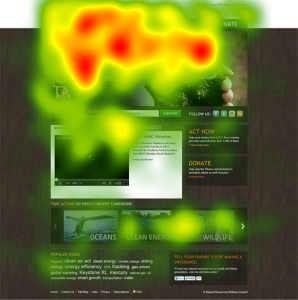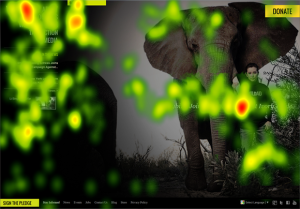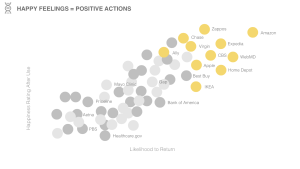Pamela Pavliscak
Part ethnographer, part data scientist, and part behavioral psychologist
What type of companies have they worked for? Or, what types of companies do they have as clients?
Adecco, Ally, Audible, Citi, Corcoran, Digitas, eMusic, IEEE, KLM, NBC Universal, The New York Public Library, PNC, Prudential, Publicis, Quest Diagnostics, Sanofi-Aventis, Sealy, Sprout, SunTrust, VEVO, Wiley
Where did they learn how to do their job? How many years of experience do they have?
Pamela has a MS in information science from University of Michigan and 15 years of experience.
What are the skills they use every day?
Through her startup Change Sciences they help companies create a better understanding of who their consumer is through user experience labs, mobile testing, remote usability testing, in-context interviews, focus groups, competitive benchmarking, ethnographic studies, diary studies, online surveys, card sorts, social media sentiment analysis and cross-channel research.
What software or programming languages do they know?
Who are their mentors or influencers—people they admire?
Finally, find 3 projects in their portfolio that you enjoy and describe why you enjoy each one in 3–4 sentences. Save links to a few images of each project or (if the projects are existing websites) links to live websites.
1)Collected data on what the user initially sees on a charity page. For a charity their main mission is for the viewer to see the mission statement and the ways to donate. Change Sciences uses eye heat maps to identify the main focus point.
2) She collects data on happiness and how technology makes someone feel smarter, more connected, and happier. The data then lead to 5 conclusions about how happiness connected with the success of websites. Ultimately positive emotions result in positive actions.
https://www.changesciences.com/the-impact-of-happiness-on-online-experience
3) Pamela researches and looks through data to see the new relationship between phones, people, and interaction between each other. She gathers data on where we use our phone more often and when with the focus not only in the US but globally too. With all this information, she concludes with how it can create conclusions in order to create a better user experience.


